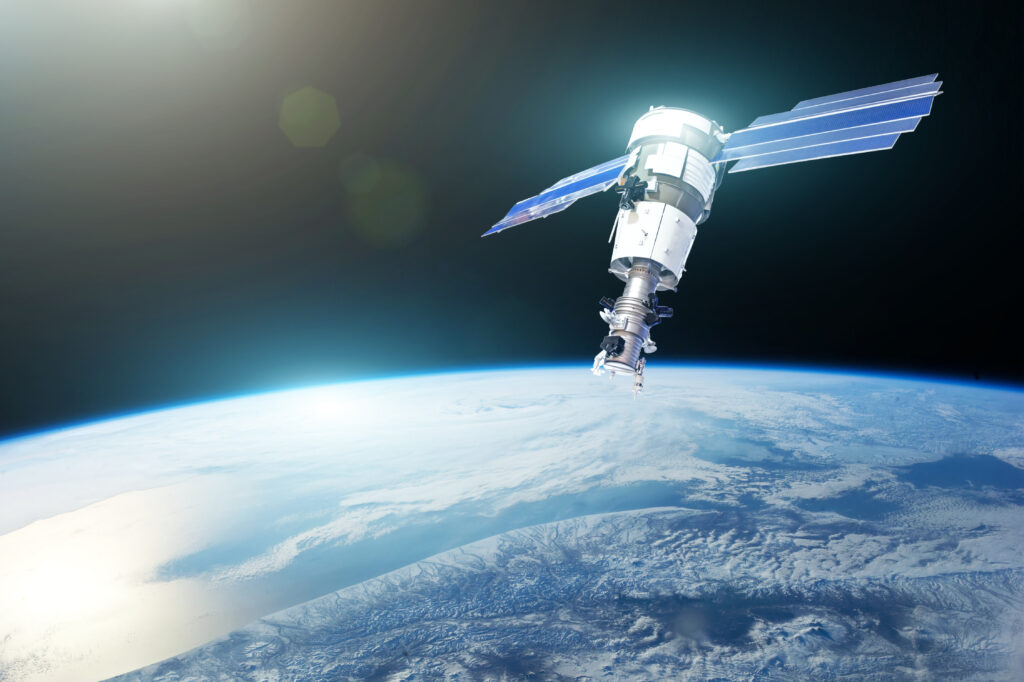A Soviet spacecraft launched in 1972, known as Kosmos 482, is expected to make an uncontrolled re-entry into Earth’s atmosphere around May 10. Originally intended for a Venus mission, the nearly 500kg lander has been orbiting Earth for over five decades after a rocket malfunction left it stranded in space. Experts suggest the spacecraft may crash to Earth at speeds of 150 mph (242 km/h), although the risk remains low.
A Decades-Long Journey Comes to an End
Kosmos 482 was part of a Soviet mission to explore Venus, but it was unable to complete its intended task due to a malfunction. For the last 53 years, the spacecraft has been in orbit around the Earth, gradually losing altitude. According to Marco Langbroek, a space debris expert at Delft University of Technology, the spacecraft’s uncontrolled re-entry is likely to occur around May 10.
While Langbroek acknowledged the potential risks, he reassured the public that the situation is not cause for panic. He compared the risk of being struck by debris to the likelihood of being hit by a meteorite or struck by lightning. The spacecraft’s re-entry could affect a wide latitude band, ranging from Edmonton and London in the north to Cape Horn in the south, covering a vast portion of the Earth’s surface. Despite this, experts believe it is highly probable that any debris will fall over the ocean, given the geography of our planet.
An Enduring Capsule in Orbit
The spacecraft’s re-entry marks the end of a long journey that began when it was launched as part of the Soviet space program. Much of the spacecraft, including its outer components, re-entered the atmosphere and disintegrated within the first ten years after its launch. However, the main landing capsule, a spherical object roughly one meter wide, has remained in a highly elliptical orbit for more than five decades.
Designed to withstand the scorching atmosphere of Venus, the capsule is equipped with a robust heat shield. This heat shield could play a crucial role in determining whether the capsule burns up upon re-entry or survives the descent toward Earth.
The Risk of Space Debris
Jonathan McDowell, an astrophysicist at the Harvard-Smithsonian Center for Astrophysics, explained that if the heat shield fails during re-entry, the spacecraft would likely burn up before it reaches the Earth’s surface. If the shield remains intact, however, the capsule could survive the descent, potentially posing a hazard as space debris. McDowell noted that while this is a possibility, it is unlikely that it would cause significant damage.
The spacecraft is not expected to deploy its parachute system, as the technology is too old to function effectively after decades in space. Although the re-entry may pose some risk, experts are optimistic that the majority of the capsule’s descent will occur over uninhabited regions or oceans, much like past instances of uncontrolled re-entries.
Previous Examples of Uncontrolled Re-Entries
In recent years, there have been similar instances of uncontrolled re-entries. In 2022, a Chinese rocket booster re-entered the atmosphere, and in 2018, China’s Tiangong-1 space station fell into the Pacific Ocean. In both cases, the debris ultimately posed little threat to people on the ground, and the spacecraft safely disintegrated or fell into the water.
Kosmos 482’s descent will be closely monitored by space agencies and scientists to ensure that any new developments are communicated to the public. As of now, no significant risk to human life is expected. However, the situation will continue to be tracked in the coming days, and updates will be provided if the re-entry path changes.
What’s Next for Kosmos 482?
As the spacecraft nears its re-entry into Earth’s atmosphere, experts remain cautiously optimistic that any potential impact will occur over the ocean or in an uninhabited area. Despite the risks involved, the likelihood of significant harm remains low, with most of the spacecraft likely to disintegrate as it enters the atmosphere.
For now, scientists and space agencies are focused on monitoring Kosmos 482’s descent. They will provide updates and work to ensure that the public is informed of any changes in its trajectory or potential risks. With decades of space debris accumulation, it is a reminder of the ongoing challenges posed by objects left in orbit around Earth.


